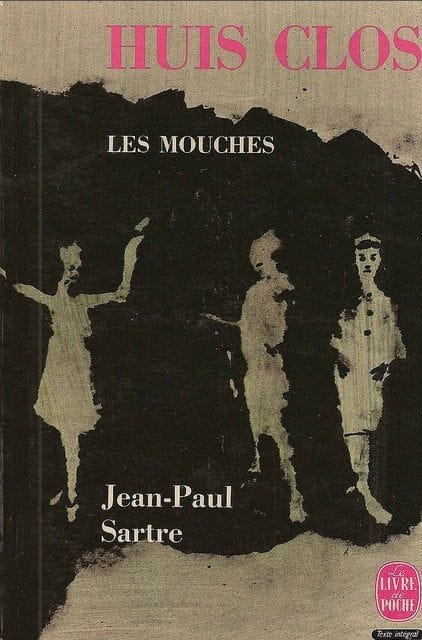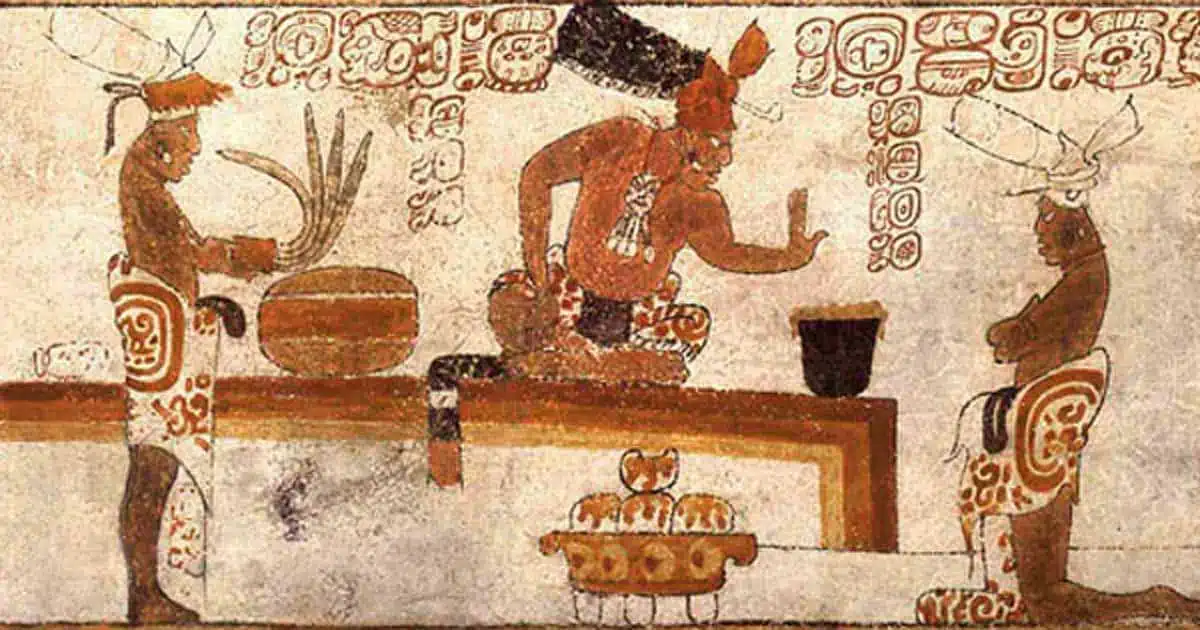Anyone reading Molière or Racine will be all too familiar with the Alexandrine. In simple terms, an Alexandrine is a line with twelve syllables, a medial caesura and an end rhyme. Given its correspondence to human breathing (a pause after six syllables corresponds to human breath patterns) and the flexibility of its secondary stresses, it is extremely versatile. It has become so popular in French verse that, according to Peureux (a writer), it was ‘elevated to the status of national symbol and eventually came to typify French poetry overall’.
The French alexandrine was derived from the Ambrosian octosyllable and was first ever used in Le Pèlerinage de Charlemagne in 1150. However, the name ‘Alexandrine’ itself originates from its use in the poem Roman d’Alexandre in 1170. At this time, the Alexandrine came to dominate the metre of the chansons de geste until the late 1300s, where it was soon abandoned.
It was then resurrected by the Pléiade – a group of writers in the middle of the 16th century, such as Étienne Jodelle, Jean-Antoine de Baïf and Pierre de Ronsard. The Alexandrine used at this point came to be known as the ‘grand vers’ or ‘vers heroïque’ (Classical Alexandrines), and became extraordinarily widespread, with essentially all theatre and verse written in this form. The règle d’alternance des rimes established the most common rhyme schemes in French verse of this period – rimes plates ‘aaBB’, rimes croisées ‘AbAb’ and rimes embrassées ‘aBBa’ (lowercase referring to masculine rhyme, and uppercase referring to feminine rhyme).
Victor Hugo later popularised the alexandrin ternaire, with an alternative rhythm to the classical Alexandrine. The ternaire dislocates the Alexandrine into three four-syllable sections, whilst retaining the medial caesura. However, even in the 19th century, the classical Alexandrine dominated the lyrical scene. It was only with the advent of vers libre (free verse) that the heterodoxy of Alexandrines began to end.
The success of the Alexandrine has been limited mainly to French works. Though some English poems have used the Alexandrine (Thomas Hardy’s “The Convergence of the Twain”, for example), the nature of English and its lexical stresses does not easily permit the same scheme. Thus, the English equivalent to the Alexandrine would be iambic hexameter, with twelve syllables and alternative stresses.
The evolution of the French Alexandrine:
Aeterne rerum conditor
Ambrosian octosyllable in Latin – by losing the last two syllables and repeating the phrase, the Alexandrine develops
Or sunt li quatre frère sus el palais plenier
Early Alexandrine in Old French from ‘Li quatre fils Aymon’
Nous partîmes cinq cents; mais par un prompt renfort
Nous nous vîmes trois mille en arrivant au port,
Tant, à nous voir marcher avec un tel visage,
Les plus épouvantés reprenaient de courage!
Classical Alexandrines from ‘Le Cid’ by Corneille, displaying rimes plates
J'ai disloqué ce grand niais d'alexandrin
Victor Hugo’s alexandrin ternaire, which de-emphasises the medial caesura by having two stronger phrase breaks after the fourth and eighth syllable
J’admire l’ambition du Vers Libre, -
Et moi-même que fais-je en ce moment
Que d’essayer d’émouvoir l’équilibre
D’un nombre ayant deux rhythmes seulement?
Paul Verlaine writing in vers libre.







